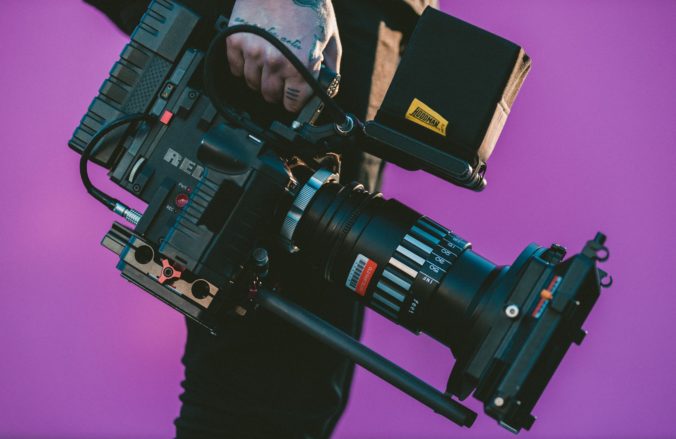I find it very interesting that there is a sort of universal film language that everyone understands, regardless of how immersed in the world of film analysis they are. The idea that what the audiences is shown matters just as much, if not more, as what they are told. A film that showcases this is, oddly enough, “Transformers” (Bay, 2007), specifically, Meagan Fox’s character.
Honestly, I have had to look up the name of her character several times during the process of putting my thoughts together about this phenomenon and I’m willing to wager that you don’t remember it either. I would also bet that if I asked you to tell me one character trait that she displayed that had nothing to do with physical appearance, you wouldn’t be able to. Or you’d say something like, “Oh, well she was just there to be objectified in the middle of a mediocre to truly not good action movie for men.” Probably not those exact words but you get the gist. Also, if this is a film that you really like, that’s totally fine! My favourite film is “Clue” (Lynn, 1985) and I don’t think that there are a lot of people that would try to argue that it’s some kind of underrated masterpiece. I certainly wouldn’t.
Strangely enough, if you just look at the actual script for the first transformers film, Mikaela Banes, is the most worthwhile and well rounded character of them all (very subtle Michael Bay. Very subtle). Not to mention that she is the only main character that has any skills that are relevant to the plot. Namely, she’s the only one who understands how cars work. Sam, Shia LaBeouf’s character, accidentally stumbles his way into being the main character of this film. However, we forget all of that because of how Mikaela is framed, in the most literal sense of the world. She is treated like an object by both Sam and by the camera through which the audience experiences the film. We don’t remember what we are told in the script about Mikaela because in visual media, the audience remembers what the camera tells them.
The point of all of this is that the visual language of film is in some ways ingrained into the way we watch films. I recently read an article from film critic, Roger Ebert, where his breaks down some of the basics around visual composition and how there are certain ways of composing shots that have an intrinsic weight. However, these are not rules and ” To “violate” them can be as meaningful as to “follow” them.” (Ebert, 2008) These may or may not be consciously applied, but they can be consciously analyzed.
Below I have attached both the article from Roger Ebert and a video from film analyst and author Lindsay Ellis who goes much more in depth regarding Megan Fox, dissonance of framing and the whole “Transformers” franchise. If that’s something that sounds interesting to you, you should definitely check it out!
Links:

This is a great observation! I’ll admit I’ve seen transformers about a dozen times in imax (it was free and I was being paid) but I had completely forgotten her entire character from the film. There is nothing that stands out for me other than the fact she was present, and I agree that its entirely in the framing. The video clip you shared talks about how its Mikaela’s coming of age story, and yet that is entirely lost. It really makes me wonder if this is some kind of a “writer’s with great ideas” vs “directors who like to blow stuff up” kind of dynamic.